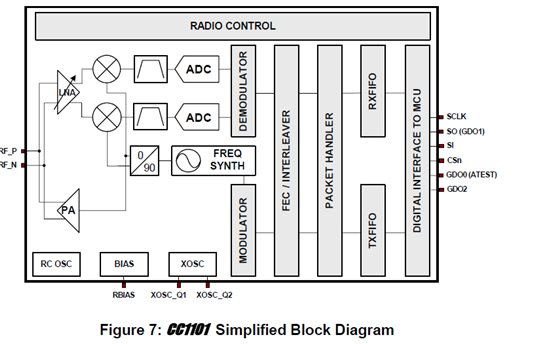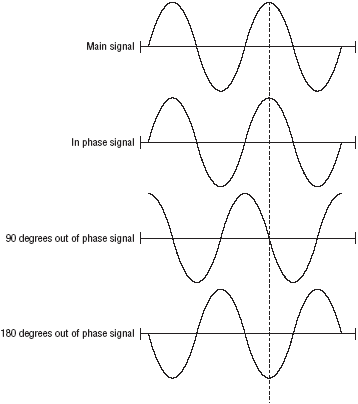Forgive me if this has been answered elsewhere, if the answer is obvious, or if my logic is wrong. RF communication is not my expertise. That's why I'm asking you smart folks.
We are using the CC430F6137 SOC. The CC430 Family User Guide states:
"The CC1101-based radio core features a low intermediate frequency (IF) receiver. The received radio frequency (RF) signal is amplified by the low-noise amplifier (LNA) and down-converted in quadrature (I and Q) to the IF. At IF, the in-phase/quadrature-phase (I/Q) signals are digitized by the ADCs. Automatic gain control (AGC), fine channel filtering, and demodulation bit/packet synchronization is performed digitally."
Upon receiving a message I need to determine the phase offset between the incoming frequency and that of the internal local oscillator frequency assuming the frequencies are the same. Is this information accessible in a register or anywhere else? I assume the radio module is accounting for the phase offset somewhere under the hood.
I know that the frequency offset information is available via FREQEST (Frequency Offset Estimate From Demodulator), but that doesn't help much.
Alternatively, is it possible to access the I/Q signals before or after passing through the ADCs? The latter would require the ability to access the radio module interal ADC memory registers. Those are completely separate from the ADC12_A module memory registers, right?
Thanks in advance for you help!



